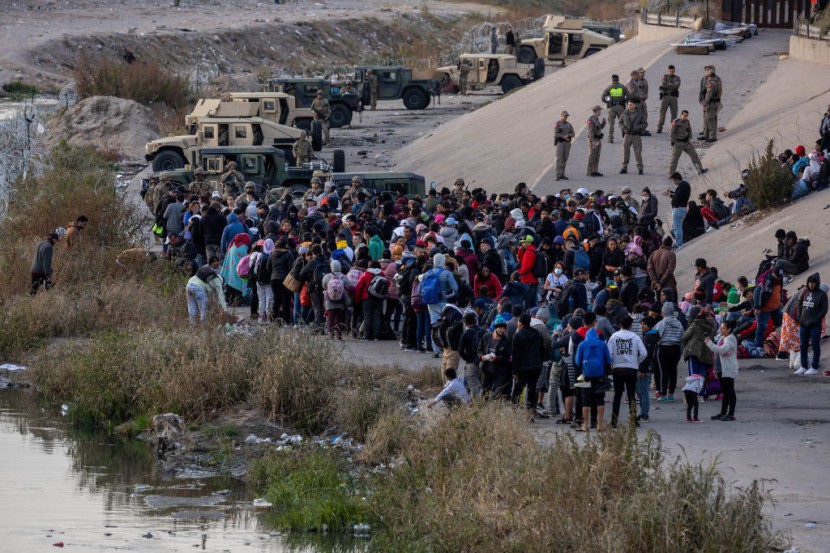
Although the US and Mexico have reached an agreement to reduce the number of migrants crossing the border, experts warn that it might further overburden border communities that are already struggling to cope with the influx.
The joint declaration released on Tuesday, May 2, confirmed that Mexico would continue to take in refugees from Venezuela, Haiti, Cuba, and Nicaragua, who we had previously rejected.
The accord comes as the US prepares to remove Title 42 next week, a move that is likely to lead to an increase in the number of individuals trying to enter the border. Title 42 is a regulation instituted during the pandemic that enabled officials to swiftly bring back migrants to Mexico.
Seeing Heavy Influxes of Migrants
Since January, when Mexico agreed to welcome 30,000 migrants from those four countries who did not pursue a legal path, this news signals the pact has grown more permanent. According to The Guardian, this consolidates what experts believe is a substantial policy change on migration between the two nations.
Aaron Reichlin-Melnick, policy director of the American Immigration Council, wrote on Twitter, "The status quo on the ground won't change much, but from a legal perspective, this is a seismic shift. At no point in US history has there ever been another country which would take large numbers of deportations from the US of people who aren't nationals of that country."
This shift might eventually lead to the United States placing more of its deportee burden on Mexico, which would put more stress on border communities already dealing with high migrant populations.
"It sets a very delicate precedent," said Martha Bárcena, the former Mexican ambassador to the US. She said this would just cause Mexico more stress for no good reason.
"You just have to look at the border to know that we can't handle so many people," she added.
Drastic Shifts
These shifts coincide with a dramatic increase in migration to the US. In 2016, US officials apprehended approximately 2.6 million people crossing the southern border. Last year, Mexican police imprisoned about half a million migrants, up 44% from the year 2021.
On Tuesday, the Pentagon said it would deploy 1,500 more active-duty soldiers to the southern border to confront the migrant influx. Apparently, republicans have pressured President Biden to act.
However, the situation for migrants in Mexico has worsened recently, with many dying in a detention facility fire in Ciudad Juárez in March. On top of this, migrants reportedly face not just extortion and brutality from criminals but also maltreatment from officials.
© 2025 HNGN, All rights reserved. Do not reproduce without permission.








